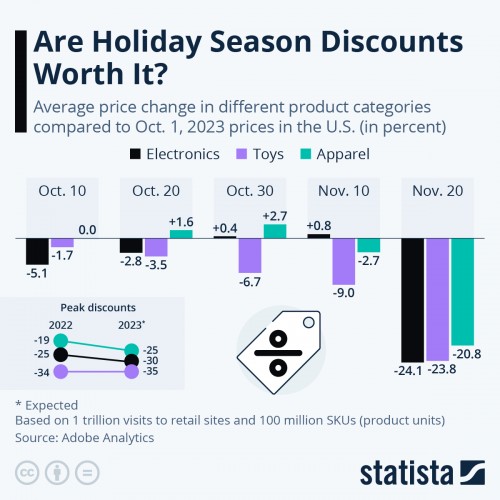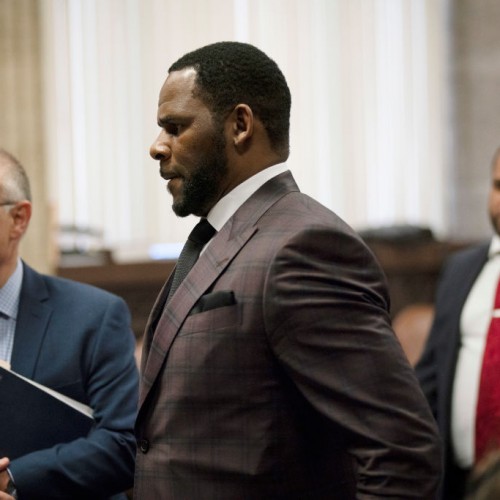Thanksgiving Origin And Meaning: When, Where, How Did The Holiday Start?
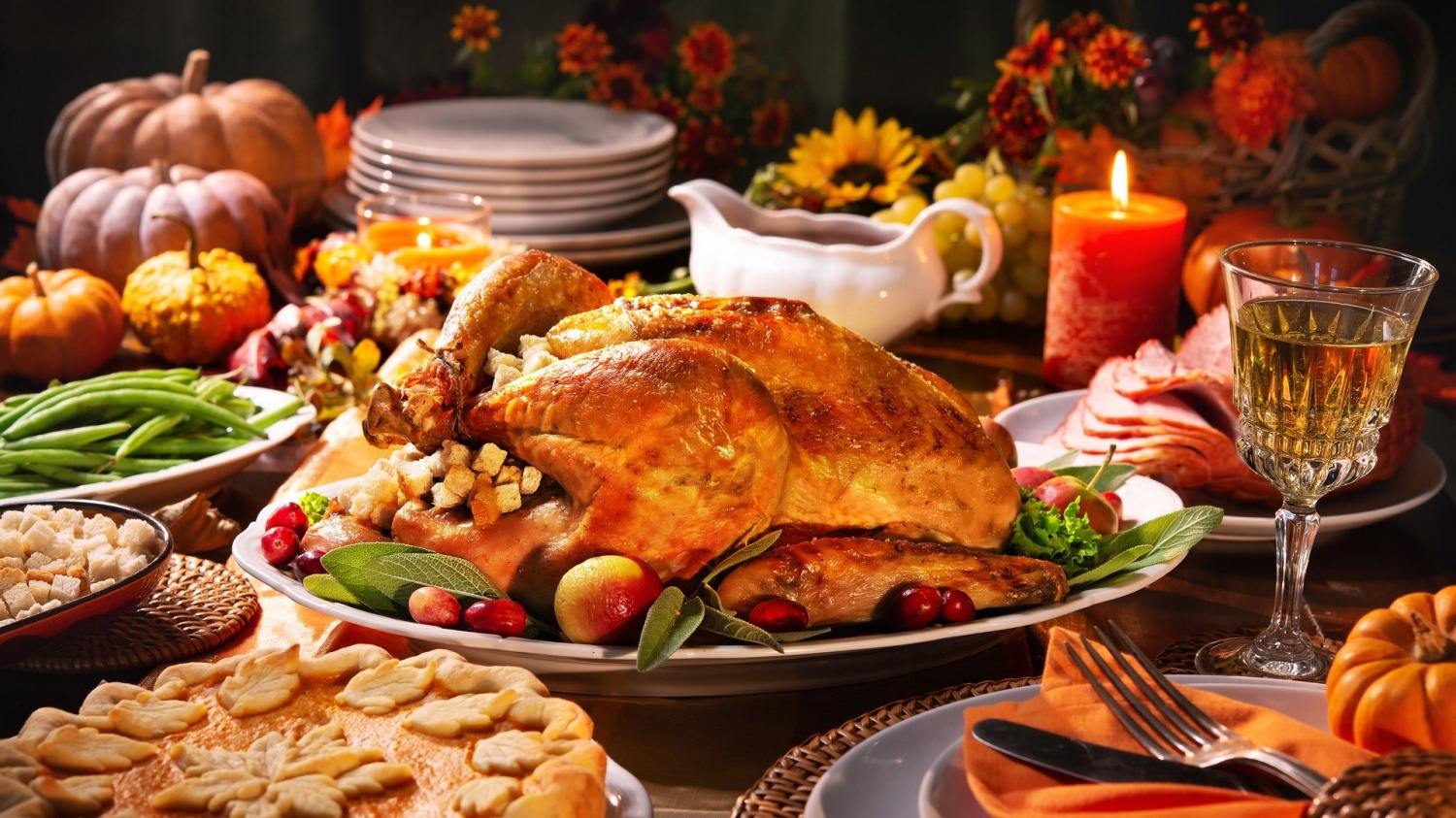
Thanksgiving serves as a time for family and friends to gather, express gratitude for the blessings of the past year and enjoy a festive meal.
The annual national holiday is celebrated on the fourth Thursday in November in the United States, with families and friends enjoying fare that often includes turkey, bread stuffing, potatoes, cranberries and pumpkin pie.
Thanksgiving has also become associated with parades and football games, with multiple NFL teams participating in holiday matchups.
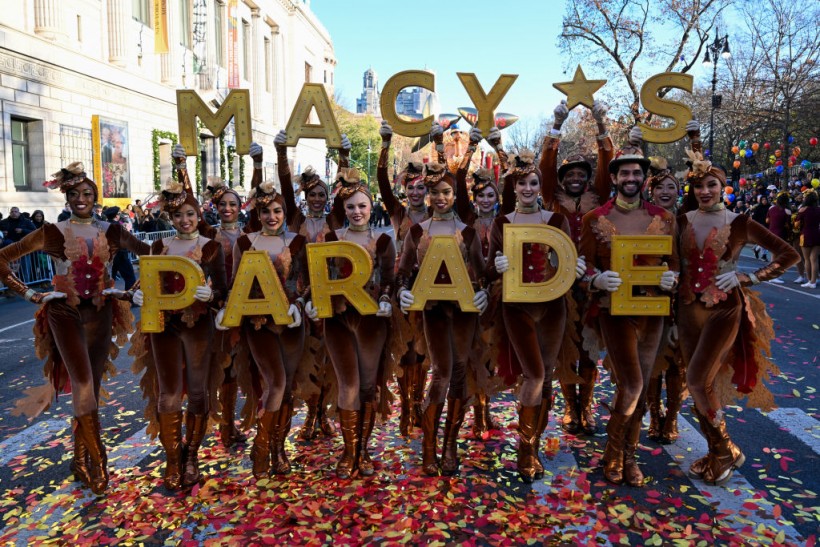
Dancers pose for a photo at the start of the 96th-annual Macys Thanksgiving Day Parade on Nov. 24, 2022 in New York City. The annual Macy’s parade includes 16 giant character balloons, 28 floats, and 12 marching bands.
The day unfolds with the grandeur of the Macy's Thanksgiving Day Parade in New York City. This massive celebration, the world's largest Thanksgiving parade, showcases oversized balloons depicting beloved cartoon characters hovering above the city skyline. The event also includes vibrant displays of marching bands and dancers.
As Thanksgiving Day concludes, the month-long winter holiday shopping commences, beginning with the frenzied retail extravaganza Black Friday.
But when, where and how did the holiday start?
The history of this holiday is rooted in centuries-old events.
The commonly held belief is that the American Thanksgiving is modeled after a November 1621 harvest feast in Plymouth, Massachusetts, shared by English settlers known as the Pilgrims and the Wampanoag people, a local tribe with whom they had forged an alliance, according to Britannica.
Gov. William Bradford organized this celebration after a successful corn harvest, inviting a group of their Native American allies, including Wampanoag chief Massasoit, to join in the festivities, according to History.com.
This gathering marked what is now called the "first Thanksgiving," a symbol of unity and gratitude for the blessings of the land.
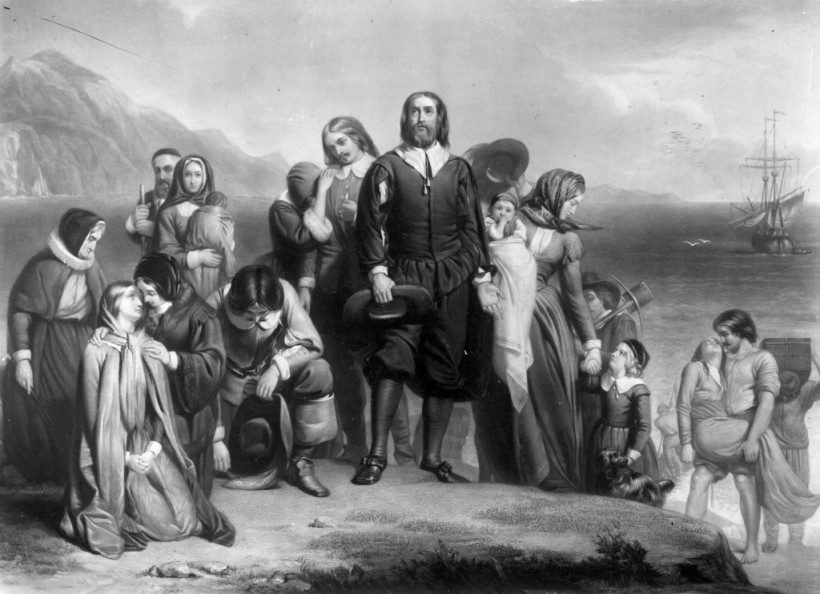
Pilgrim landing.
The three-day event remains somewhat shrouded in mystery regarding its exact menu.
Pilgrim chronicler Edward Winslow provided insights, suggesting the meal incorporated traditional Native American spices and cooking methods but did not include desserts due to limited resources.
The celebration forged a treaty between the two groups that endured until King Philip's War in 1675-76, which saw the deaths of hundreds of colonists and thousands of Native Americans.
The Pilgrims held a second Thanksgiving in 1623, commemorating the end of a drought that had jeopardized their harvest. Subsequently, days of fasting and Thanksgiving became a common practice in New England settlements.
Thanksgiving did not become an official holiday until the mid-19th century when Sarah Josepha Hale, editor of Godey's Lady's Book, campaigned for a national Thanksgiving Day to promote unity during the Civil War.
In 1863, President Abraham Lincoln proclaimed a national Thanksgiving Day to be held each November.
The tradition of a national Thanksgiving was continued by subsequent presidents, with the date typically chosen as the last Thursday in November. However, President Franklin D. Roosevelt attempted to extend the Christmas shopping season by moving the date back a week.
After a joint resolution of Congress in 1941, Roosevelt issued a proclamation in 1942 designating the fourth Thursday, which is not always the last, in November as Thanksgiving Day.
However, controversy surrounds Thanksgiving, with critics asserting that the celebrations obscure a history marked by oppression and bloodshed between European settlers and Native Americans.





